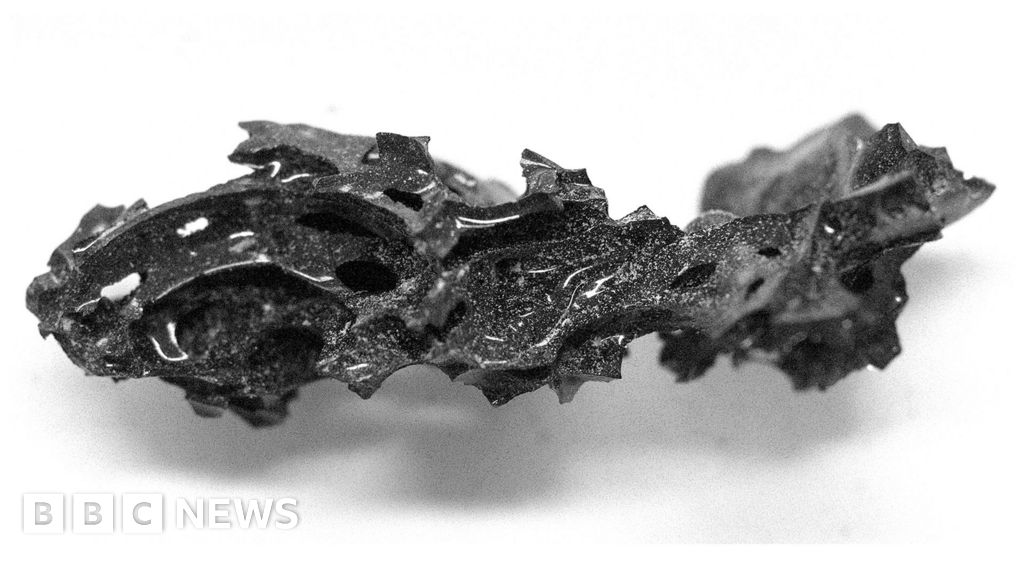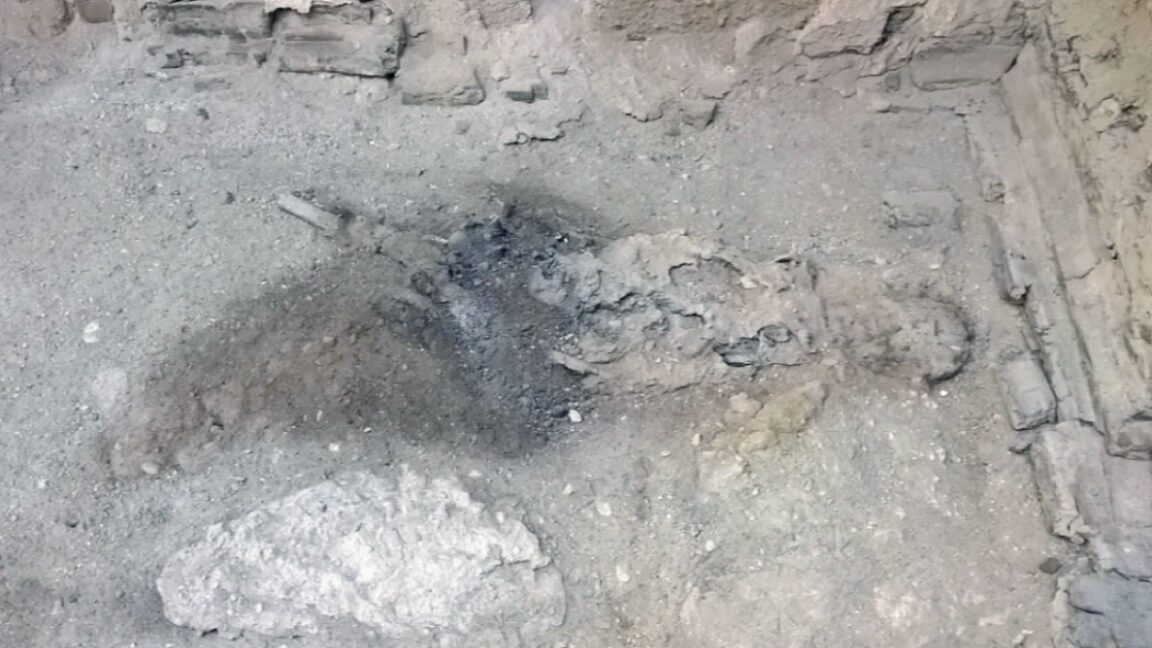Ancient Herculaneum Victim's Brain Turned to Glass by Vesuvius Eruption
A new study reveals that a victim of Mount Vesuvius in 79 AD had their brain preserved as glass due to extreme heat from the eruption.
Overview
Research on a Vesuvius eruption victim indicates their brain was preserved as glass after exposure to superheated ash and rapid cooling. This unique phenomenon occurred at temperatures exceeding 510°C and is the only known case of human tissue naturally vitrifying. The study authored by Guido Giordano suggests that the specific conditions during the eruption led to this rare preservation, detailing the sequence of events that took place in Herculaneum during the catastrophic eruption. The findings serve to advance our understanding of volcanic impacts on human remains and raise questions about other potential vitrified remains.
Report issue

Read both sides in 5 minutes each day
Analysis
- The recent study provides compelling evidence that the cloud of ash from the Mount Vesuvius eruption in 79 AD generated extreme temperatures that caused the young man's brain and spinal cord tissue to vitrify into glass, thus preserving it in a unique manner.
- While there is skepticism within the scientific community regarding the process of vitrification of human tissue, advancements in forensic techniques have been employed to support the claim that the material found is indeed organic glass formed at high temperatures.
- This discovery illustrates the rare but fascinating forms of preservation of human remains, contributing to the knowledge of archaeological and volcanological events.
Articles (4)
Center (3)
FAQ
The brain had to be heated to temperatures of at least 510°C (950°F) quickly and then cooled rapidly to vitrify.
Researchers used techniques such as scanning electron microscopy (SEM), differential scanning calorimetry (DSC), and energy dispersive X-ray spectroscopy (EDS) to analyze the glassy brain remains.
A superheated ash cloud that rapidly dissipated is thought to have caused the vitrification, as pyroclastic flows alone were not hot enough.
Yes, this is the only known case of human tissue naturally vitrifying due to extreme heat and rapid cooling.
History
- This story does not have any previous versions.



